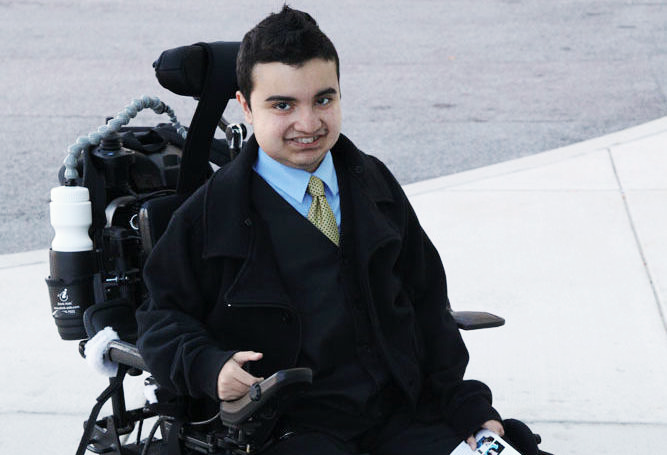
Assistive devices and adaptive equipment are supposed to make life easier. So why is getting this equipment so hard? Every month, PPMD members get notes from parents and rehabilitation teams who are frustrated with the process to get equipment and devices necessary to improve the lives of their children and families.
It’s no secret that first requests are often rejected, resulting in the development of parent, healthcare provider and therapist letters of appeal. Even with a supportive rehabilitation team, this frustrating process takes an inordinate amount of time and energy on the part everyone.
Deciding how to word request and appeal letters so that they make the most sense to reviewers, and increase the odds that you/your child will get what is needed, can be a daunting task. To help with this process, PPMD has gathered resources for the community’s use.
The Role of Your Rehabilitation Team
October 2018 saw the release of several articles discussing specific areas of Duchenne care. One of the articles, “Rehabilitation Management of the Patient with Muscular Dystrophy,” discusses the rehabilitation and therapy needs of people living with Duchenne. Since every person living with Duchenne is cared for by a rehabilitation team, this is important information to know.
As reviewed in this article, rehabilitation teams should include physicians, physical and occupational therapists, speech language pathologists, orthotists and providers of durable medical equipment. This team works to collaborate with the other subspecialty members of the Duchenne care team (i.e., neuromuscular specialist, cardiologist, pulmonologist, endocrinologists, etc.).
Rehabilitation management is focused on:
- protecting muscle
- preserving and maintaining strength
- minimizing progressive weakness (when possible)
- minimizing contracture and deformity
- supporting cardiorespiratory care/function
- optimizing energy efficiency and conservation
- evaluating the need for, and providing, adaptive or assistive equipment
- preventing/minimizing pain
- supporting function, independence
- supporting participation in school, family, social and work settings
- optimizing quality of life
Defining the Purpose and Rationale for Equipment
Rehabilitation teams recognize that providing wheelchair seating systems to patients that include the necessary components is incredibly important. Included in the rehabilitation article is a Table 5, which lists seating system components and the purpose and rationale for their use. This table suggests language to included in a letter of request or appeal for wheelchair components.
Example
For example, your rehabilitation team may recommend that your power chair include “power recline.” You are aware that changing positions during the day makes you more comfortable. Using the language included in the article, which says that the purpose and rational for power recline incline is “to provide weight shift for the redistribution of pressure for pressure relief to maintain skin integrity (especially important if unable to shift weight independently) and to allow resting intermittently to maximize functional endurance throughout the day,” may sound more appropriate to the reviewer and help power recline to be included in your equipment.
Download PPMD’s Sample Letters of Appeal
PPMD has worked with parents (thank you Lori Ware!) and providers in our community to develop sample templates for letters of appeal for parents, physical therapists and medical providers. These templates include space for professional review and recommendations, as well as space for personalization and individuation, allowing reviewers to “know” you/your child a little better and recognize the necessity of these important elements. They have been tested by several parents, with largely positive results.
These are “living documents,” which means we can change them as we go. If you use the templates and have suggestions about ways to make them better, please let us know. While using these templates is not a guarantee that your requests will gain approval, we hope that they will help ease the burden of the tedious process of creating letters of appeal.



 by: Parent Project Muscular Dystrophy
by: Parent Project Muscular Dystrophy

